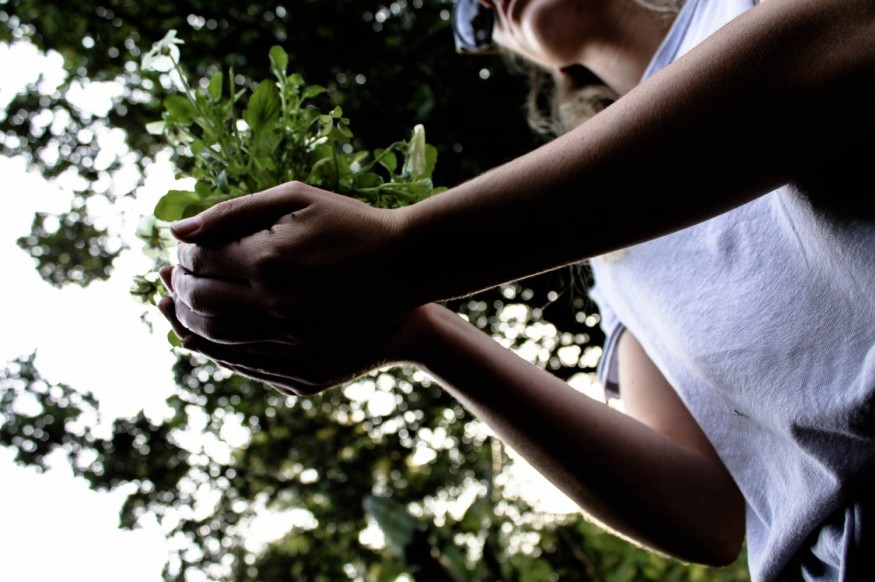
An article recently published in Science, entitled "The global tree restoration potential", presents what it calls "the most effective solution at our disposal to mitigate climate change". The lead author is Jean-François Bastin, an ecologist affiliated with the Swiss Federal Institute of Technology (ETH Zurich).
The article attracted enormous media attention. It reports the results of a study in which Bastin and collaborators used remote sensing and modeling techniques to estimate that forest restoration in areas totaling 900 million hectares worldwide could store 205 gigatonnes of carbon.
The study was contested by a large international group of ecologists led by Joseph Veldman, a professor in Texas A&M University's Department of Ecosystem Science and Management (USA). At the invitation of the editors of Science, the group formulated a reply, now featuring on the October 18th edition of Science under the title "Comment on 'The global tree restoration potential'..
Its authors include William Bond, Emeritus Professor in the University of Cape Town's Department of Biological Sciences (South Africa) and considered the world's foremost expert on savanna ecology. Several Brazilian researchers also co-authored the reply, such as Giselda Durigan, affiliated with the São Paulo State Forestry Institute's Ecology and Hydrology Laboratory.
"The plan proposed by Bastin et al. is based on flawed calculations and is actually a threat to the planet's savannas, meadows and water resources," Durigan said.
Bastin and collaborators made "extremely basic mistakes," she added, such as including among reforestable areas Yellowstone National Park in the US, Los Llanos in Venezuela (considered one of the world's most important ecosystems), and the Cerrado in Brazil.
The Cerrado is the world's most biodiverse tropical savanna and gives rise to some of Brazil's major rivers, such as the Xingu, Tocantins, Araguaia, São Francisco, Parnaíba, Gurupi, Jequitinhonha, Paraná and Paraguay, among others.
"Unfortunately the key premises used in the study and the calculations performed by the authors are incorrect, resulting in a fivefold overestimation of the potential for forest planting to capture carbon and mitigate climate change," Durigan said. "Furthermore, Bastin et al. included in the map of lands with potential for reforestation many areas in which trees would reduce surface albedo and intensify global warming. Worse still, they propose forest planting in almost all areas of grassland and tropical and subtropical savanna in the world."
Albedo is the amount of solar energy reflected by Earth's surface. The darker the surface, the less sunlight it reflects and the more it absorbs. The solar energy absorbed is converted into heat. Forest absorbs far more solar energy than open grassland. When a meadow is transformed into forest, the area absorbs more energy and can contribute to global warming.
Moreover, science has demonstrated that an increase in tree biomass impairs water production in river basins because rain is largely retained by the canopy and the trees consume large amounts of water to survive.
In sum, reforestation is an excellent idea but it is necessary to know where and how to implement it. The topic is complex and involves multiple parameters and variables, all of which the authors of an article in Science should know.
"Bastin and collaborators focused too narrowly on the carbon balance, and to make matters worse they miscalculated by underestimating the carbon trapped in the ground under open vegetation, while overestimating the capacity of trees to store carbon," Durigan said.
"The article has undermined a good idea by being overambitious and grandiose. Many areas that once had forests and are now degraded could indeed be reforested with very positive results, but this would require far more judicious selection of areas, taking into account all the knowledge acquired to date, which goes well beyond the data obtained by remote sensing and modeling."
Grasslands and savannas are natural formations but are treated as degraded areas in the article.
"They overlooked the fact that climate isn't the only natural variable affecting biomass in ecosystems. They also ignored recent research showing that large-scale tree planting in grasslands and savannas can have highly negative consequences for biodiversity and ecosystem services in these more open landscapes, which have been maintained for millions of years by natural fire and herbivory regimes," she said.
In Durigan's opinion, the article by Bastin et al. drew exceptional attention because it pleased large corporations and countries that benefit from fossil fuel burning to drive their economies. "If the world believes the arguments presented in the article, the pressure for corporations to reduce fossil fuel emissions will be considerably weakened," she said.
© 2025 NatureWorldNews.com All rights reserved. Do not reproduce without permission.





